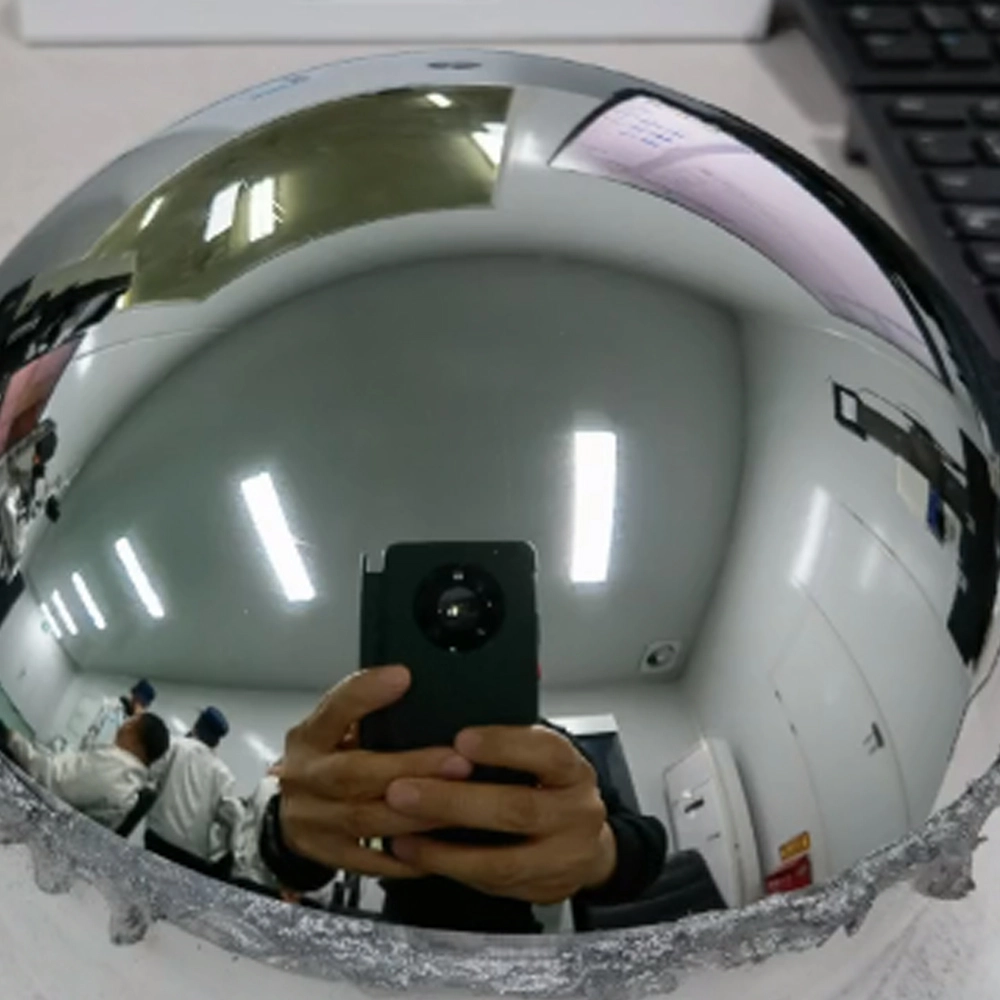When conducting scientific research or precision monitoring in extreme environments, the protection of optical systems becomes particularly important. In these situations, optical domes play a crucial role. As a special type of optical component, optical domes not only protect sensitive optical equipment from harsh environments but also ensure the effective transmission of light. This article delves into the unique aspects of optical domes and how they provide robust protection for optical equipment under various extreme conditions.

The design of optical dome takes into account both optical performance and environmental adaptability. They are typically designed in hemispherical or spherical shapes to minimize optical distortion, ensuring that light can pass through uniformly and without obstruction. Additionally, the choice of material is critical. High-quality optical domes are usually made from materials with high light transmittance and good mechanical properties, such as quartz, glass, or high-performance plastics. These materials can withstand extreme temperature changes and resist natural erosions such as strong winds, sand, dust, and salt spray.

Optical domes have a wide range of applications, especially in fields where the protection of optical equipment is of utmost importance. Underwater Exploration: In deep-sea exploration, optical domes protect underwater cameras and sensors, allowing them to function normally in high-pressure environments and providing scientists with precious seabed images and data. Aerial Photography: Cameras on drones and other aircraft, protected by optical domes, can resist air friction during high-speed flight and capture clear aerial images.
Polar Expeditions: In the harsh conditions of the polar regions, optical domes protect meteorological monitoring equipment, ensuring accurate data recording even at extremely low temperatures.
With continuous technological advancements, the design and materials of optical domes are also innovating. Future optical domes will be lighter, have higher light transmittance, and possess stronger environmental adaptability and durability. Moreover, with the development of nanotechnology and smart materials, it is reasonable to believe that optical domes will achieve intelligent functions such as self-repair and adaptation to environmental changes, providing more comprehensive and efficient protection for optical equipment.
As an important bridge connecting humanity with extreme environments, the significance of optical domes is self-evident. Whether in deep-sea exploration, aerial photography, or polar expeditions, optical domes play an indispensable role. With the continuous progress of technology, the application fields of optical domes will further expand, providing stronger support for humanity’s exploration of the unknown world.
 Call us on:
Call us on:  Email Us:
Email Us:  No.9 Zhongxing East Road, Lishui Economic Development Zone, Nanjing, Jiangsu, China
No.9 Zhongxing East Road, Lishui Economic Development Zone, Nanjing, Jiangsu, China